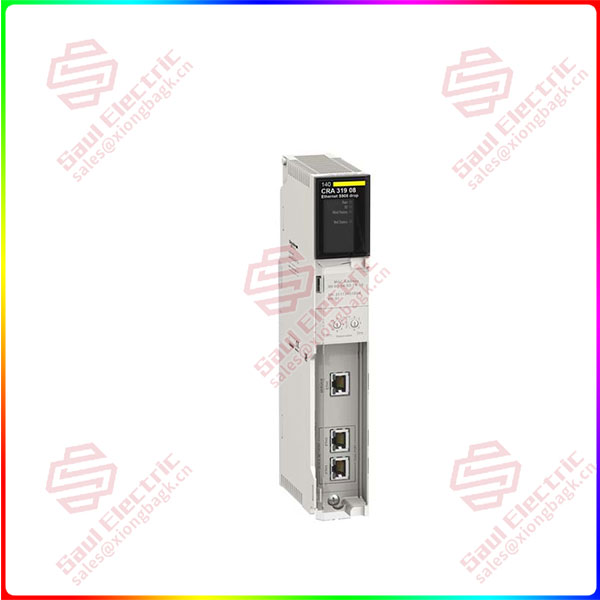Super automation is a business-driven approach to quickly identify, review, and automate as many business and IT processes as possible, involving the coordinated use of multiple technologies, tools, or platforms such as artificial intelligence, robotic process automation (RPA), intelligent Business Process Management (iBPMS), process mining (PM), and low code (LCAP). At present, super automation can use tools such as software robots as “digital employees” to perform relatively simple repetitive tasks, and it has been implemented in some fields. Along the core path of “task automation – process automation – cross-application automation – reshaping business operations”, super automation is expected to further break the human-machine boundary and deeply empower and empower the digital transformation of economy and society.
development-driven
Demand-driven: severe external competition + internal island dilemma, stimulate the growth of enterprise demand
On the one hand, under the background of the transformation from demographic dividend to talent dividend and high-quality economic and social development, enterprises are facing severe competition in operational efficiency, cost control and customer service. Super automation can not only further free up manpower to invest in more valuable work through accurate mining, efficient execution and intelligent decision-making, but also provide a guarantee for business security compliance. On the other hand, super automation can link and integrate software systems of different architectures and different operating environments in a non-intrusive way, acting as a “ferry car” between various systems and applications, promoting the interconnection of information, data and business, and achieving global optimization. According to Salesforce and Vanson Bourne survey data, there is a surge in demand for super automation in enterprises, and nearly 80% of enterprises will implement super automation programs in the next two years.
Technology-driven: Cloud data intelligence becomes the base to support super automated energy efficiency improvement
Cloud computing revolutionizes the way hyper-automation is developed, deployed, and used. With its resource and architecture flexibility, cloud computing provides users with real-time and mobile services, and realizes the connection and integration of business systems by integrating and sharing various resources.

140CRA31908
Big data increases the precision, speed and breadth of super-automated services. Big data technology provides high-quality underlying data resources for business applications through the clustering, correlation, and feature analysis of massive data, supports the super automated platform to analyze the blocked points of business processes, and optimizes the processes, thereby improving data quality and promoting data circulation and sharing.
Artificial intelligence accelerates hand-brain collaboration and expands capability boundaries. Based on computer vision and intelligent voice technology, AI comprehensively improves the super automatic perception ability, and creates a multi-modal information fusion system such as listening, speaking, and viewing. At the same time, through the application of knowledge engineering with knowledge graph as the core and the technical support of brain-like computing, super automation can be endowed with logical reasoning and analogy deduction capabilities, and the cognitive level can be continuously strengthened.
Development status
Industrial chain structure: It consists of upstream basic technology providers, midstream product and service providers, and downstream applications
Upstream: Technology manufacturers provide basic technical support. Technology vendors mainly provide basic technologies for midstream software vendors by providing services and ecological cooperation. Mainly involved in cloud infrastructure (IaaS), platform as a service (PaaS), data platform (DaaS), computer vision (CV), natural language processing (NLP) and other related fields of technology and resources.
Midstream: Product vendors and service providers develop and offer services around a super-automated core product. Super automation consists of core products such as RPA, iBPMS, PM and LCAP. RPA plays the role of “executor”, responsible for connecting the process, connecting the business and performing the work, usually consisting of three parts: design platform, management platform and robot. iBPMS and PM play the role of “analysis manager” to realize systematic and automated business process discovery, analysis, optimization and management, which is still in its infancy in China. LCAP plays the role of “facilitator”, facilitating the efficient, concise, customized development of automated business processes and lowering the technical barrier to super automation. According to the estimates of relevant institutions, China’s LCAP market size is expected to reach 13.1 billion yuan in 2025, with a CAGR of more than 50% in nearly five years.
Product manufacturers can not only set up their own direct sales team to promote super automated products, but also improve the service system through the form of agent delivery and expand market channels. The agent manufacturers mainly include system integrators, consulting service providers and channel sellers. The services provided include consulting, training, implementation and delivery, operation and after-sales service, etc., throughout the whole life cycle of the product.
Downstream: Application scenarios mainly include two categories: general and vertical industries. Among them, the general function scenario mainly covers operation service, financial accounting, human social security, IT operation and maintenance, etc., and the vertical industry scenario mainly includes finance, manufacturing, retail, and government affairs. The results of “Smart” RPA application collection show that the market penetration rate of general scenarios such as accounting and finance, IT operations and operations, which are strongly regularized and manual intensive, has reached 55%, 36.67% and 31% respectively.
 1 Year Warranty
1 Year Warranty





